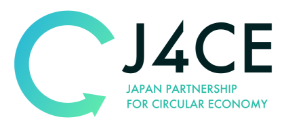Download: J4CE Noteworthy Cases/Initiatives 2024
Download: J4CE Noteworthy Cases/Initiatives 2022
Download: J4CE Noteworthy Cases/Initiatives 2021
Search for cases
* Multiple conditions can be specified
SEARCH
SUBCATEGORY
* Click here for examples of initiatives by each company.

Switching from fossil resource-derived packaging materials to paper packaging materials for A3 MFP
RICOH Company, Ltd.
Until now, expanded polystyrene (EPS), a material derived from fossil fuels, has generally been used as packaging for transporting MFP products. The Ricoh Group is working to switch from EPS to recyclable paper packaging.
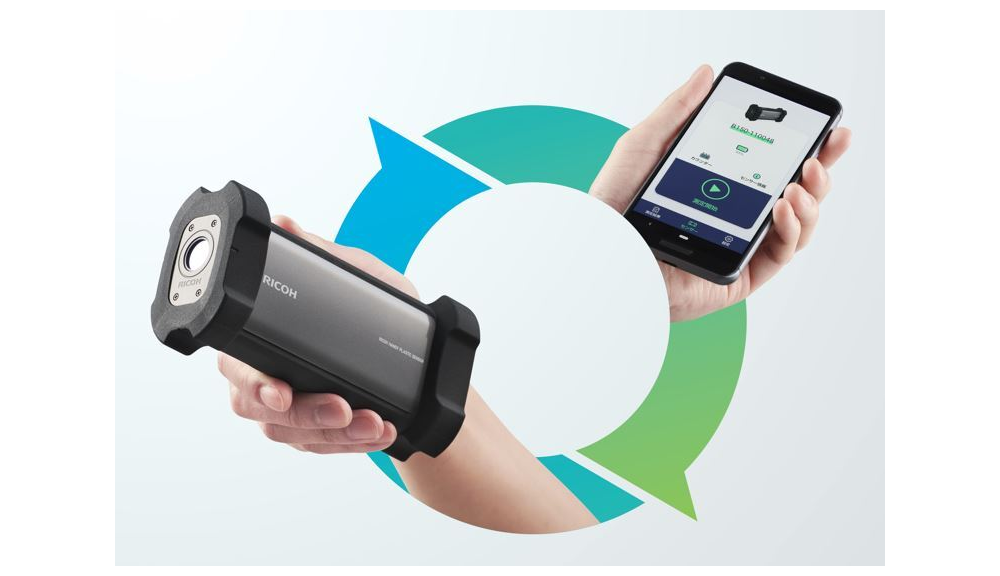
Recycling initiative using a Handy plastic sensor
RICOH Company, Ltd.
The B150 is a handy sensor that uses near-infrared spectroscopy to distinguish resins.
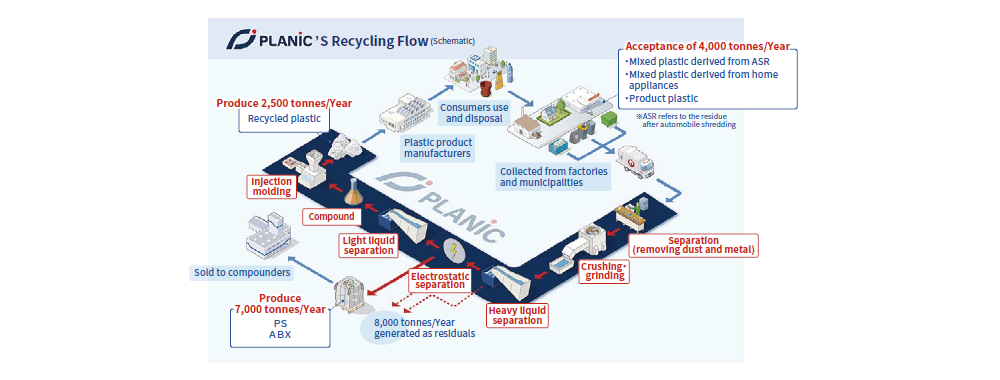
Achieving car-to-car recycling from plastic derived from scrapped automobiles
K.K. Planic Toyota Tsusho Corporation Kojima Sangyo Co., Ltd.
Planic not only recycles used plastics from automobiles and home appliances but also recycles product plastics such as used pallets and containers.

Powering Sustainability through Collaborative Design
STMICROELECTRONICS K.K.
STMICROELECTRONICS, ELEPHANTECH Collaboration on reducing the carbon footprint (PCF) of a working solution for industrial sustainability.
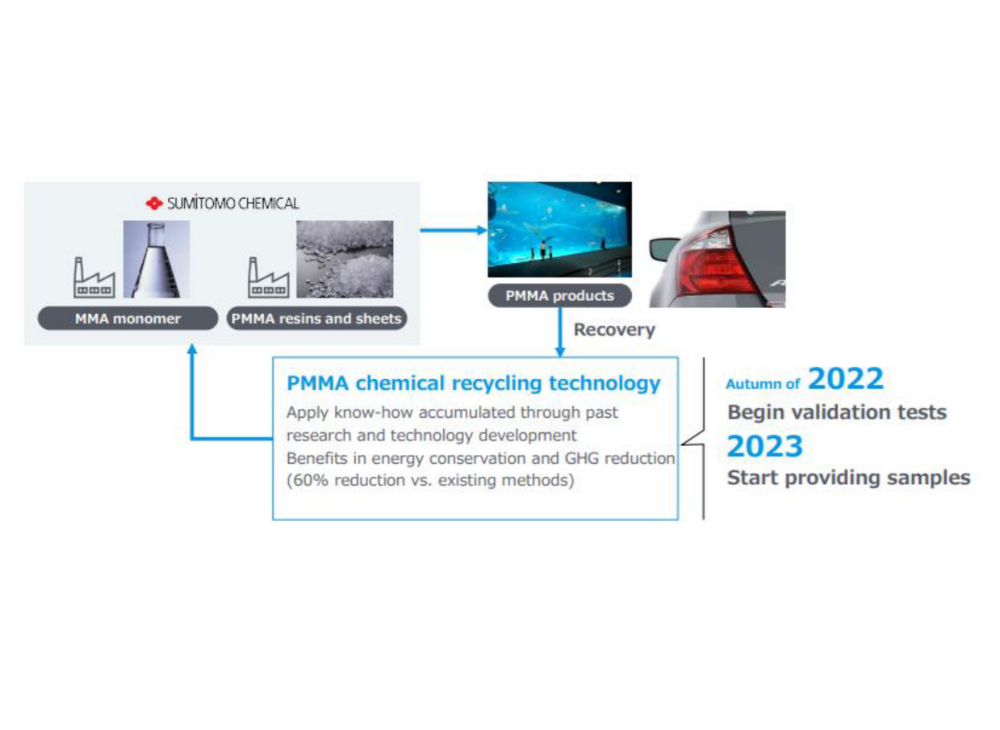
Chemical recycling of PMMA for its everlasting beauty
SUMITOMO CHEMICAL Co., Ltd. The Japan Steel Works, LTD. Niihama City, Ehime Prefecture
The Japan Steel Works, Ltd. (JSW):Provides continuous plastic decomposition technology using twin-screw extruders "TEX" developed in 1997.

Acceleration of recycling waste plastics from small household appliances: Establishing large-scale collection routes and an integrated resource circulation process through advanced sorting technologies
Mitsubishi Electric Corporation Future Ecology Co., Ltd. BIC CAMERA Inc. Veolia Japan GK digglue.Inc
Currently, the recycling of used small electronic devices aims to sort and recover metals with high resource value, such as iron, aluminum, and copper. As a result, the recycling rate of waste plastics from small household appliance is lower compared to the waste plastics recovered from the four items specified by the Household Appliance Recycling Law (refrigerators, air conditioners, washing machines, and televisions). Approximately 80% of these waste plastics are processed through thermal recycling, which reuses the heat generated from combustion as energy.
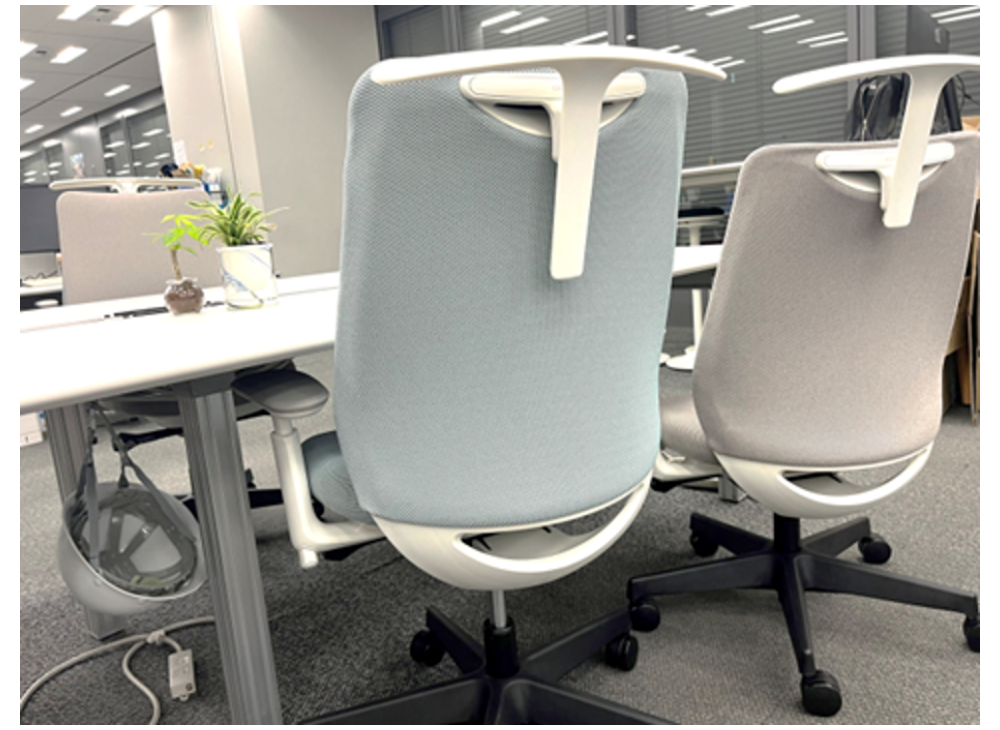
Efforts to Reduce Plastic Emissions and Promote Recycling in Business Activities
MEIJI YASUDA LIFE INSURANCE COMPANY
・Introduce office chairs that offset all GHG emissions throughout their lifecycle (from raw material procurement to production, distribution, sales, and disposal after use). ・Contribute to effective resource use and waste reduction by introducing office chairs made of recycled resin legs from collected used products and upholstery made from recycled waste fabric and domestic used fishing nets. ・Switch plastic files used in business activities to LIMEX material or paper files to reduce the use of plastic products.
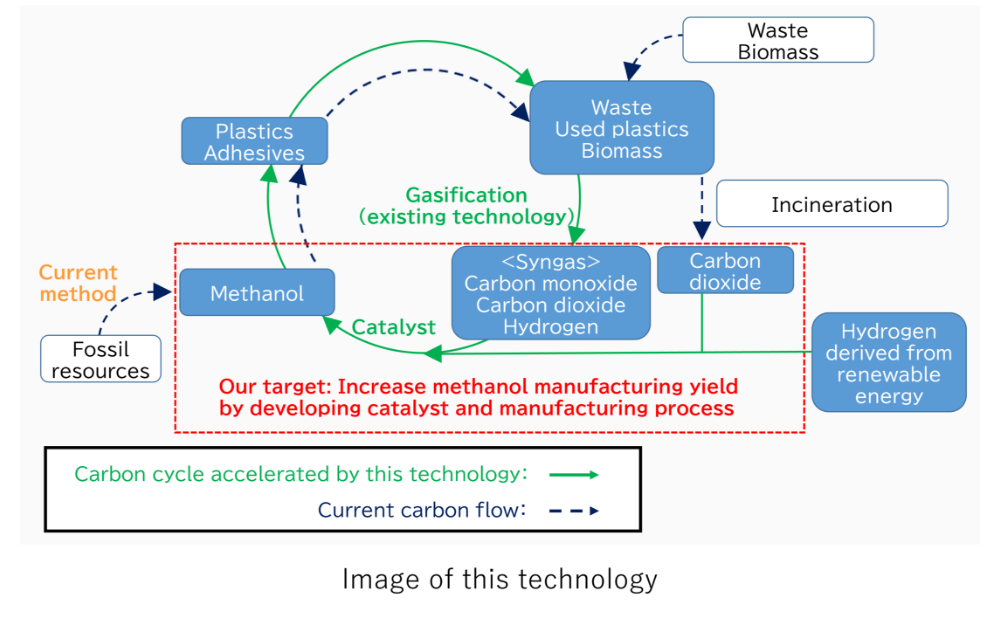
Synthesizing Methanol from Carbon Dioxide Efficiently to Promote Carbon Circulation
SUMITOMO CHEMICAL Co., Ltd. Shimane University
・Shimane University develops basic research into catalysts and reaction processes to increase reaction yield in the methanol synthesis using carbon dioxide as a raw material.
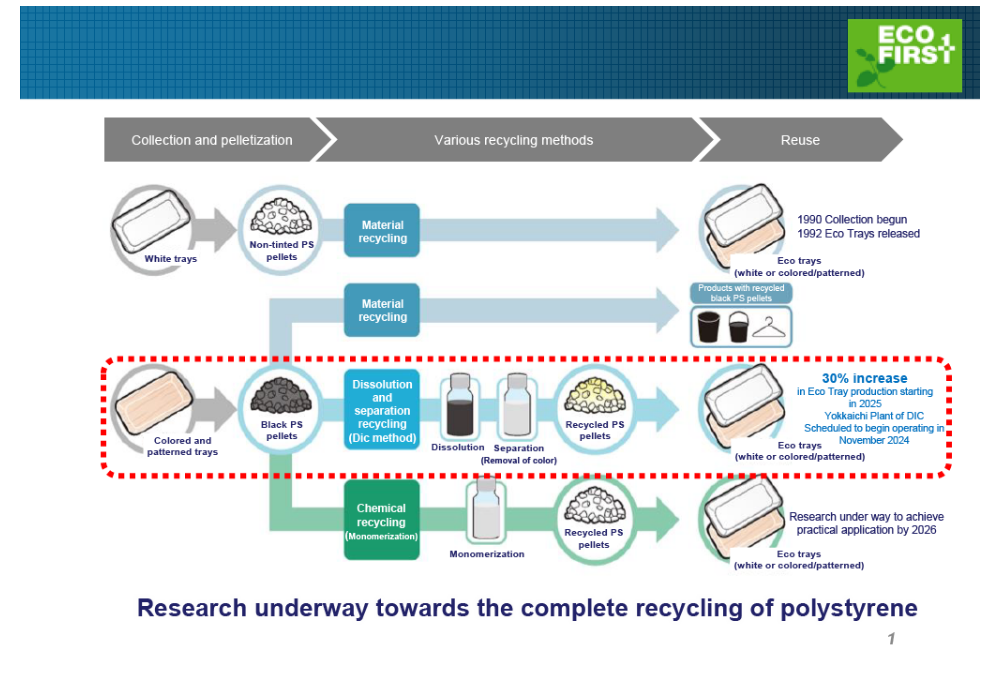
Collaboration using the world's first new dissolution and separation recycling technology for the complete recycling of polystyrene.
FP Corporation DIC Corporation
In November 2020, DIC and FPCO announced plans to collaborate in the practical implementation of a closed-loop recycling system for polystyrene that maximizes the technologies, as well as the collection and recycling systems, of both companies. In this initiative, colored foamed trays will be recycled into new trays just like conventional white trays using a new dissolution and separation recycling technology, enabling a "tray-to-tray" recycling. Additionally, this effort aims to realize the closed-loop recycling that uses chemical recycling technology to recycle polystyrene to styrene monomer, which is the raw material for polystyrene.
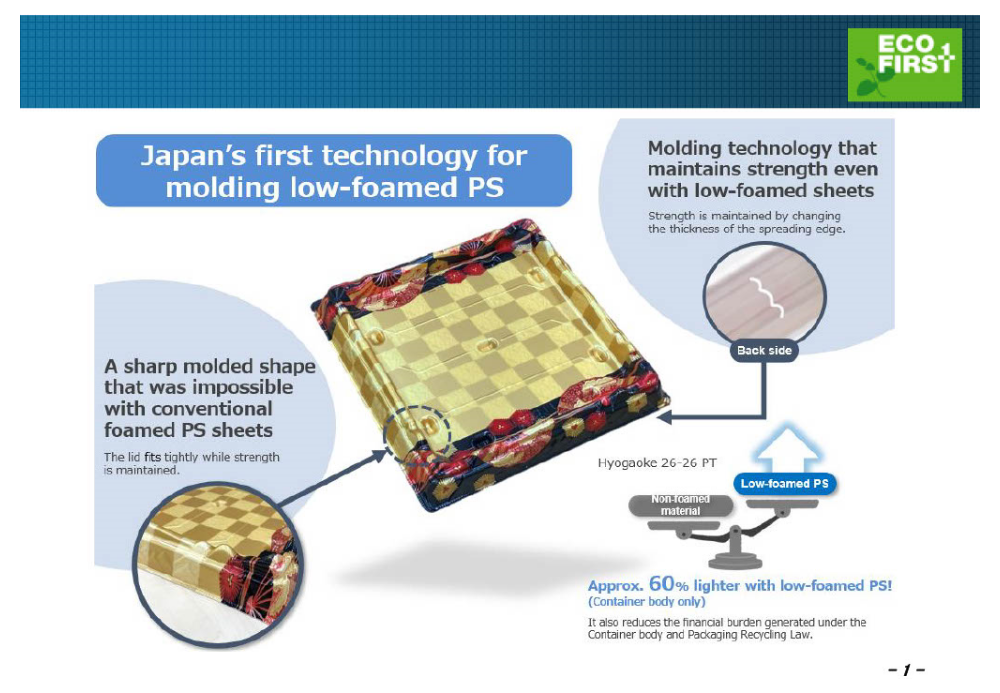
Low-foamed PS containers created by Low-foamed PS sheet and New molding technology.
FP Corporation Sekisui Kasei Co., Ltd.
In response to our customers' needs to further reduce the use of plastic in the market, FPCO has been conducting research on product weight reduction utilizing PSP (polystyrene paper) foaming technology in collaboration with SEKISUI KASEI CO., LTD(SEKISUI KASEI).
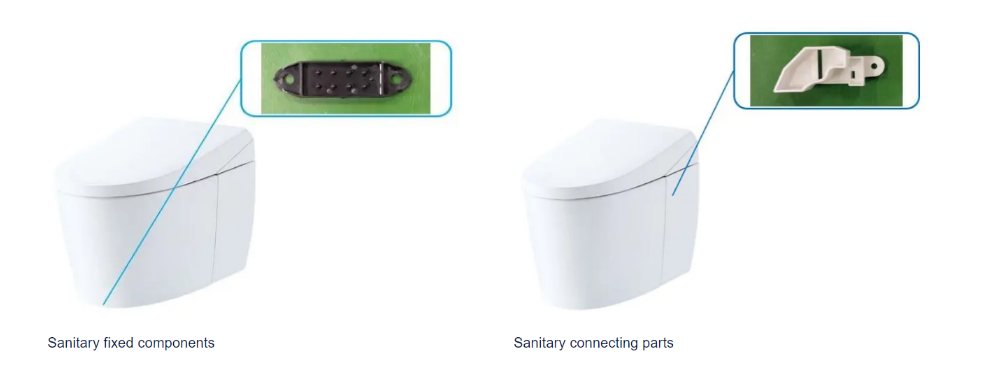
Regarding the Use of Recycled Plastic
TOTO. LTD
As part of our initiative to promote the 3Rs (Reduce, Reuse, Recycle) in our products, we are actively utilizing recycled plastic. In Japan, we use over 100 tons of recycled plastic each month. The main application is in the tank part of toilets, where over 80% is comprised of recycled plastic. In addition, we are increasing the adoption of recycled plastic in other components such as washlets, system baths, and kitchens.
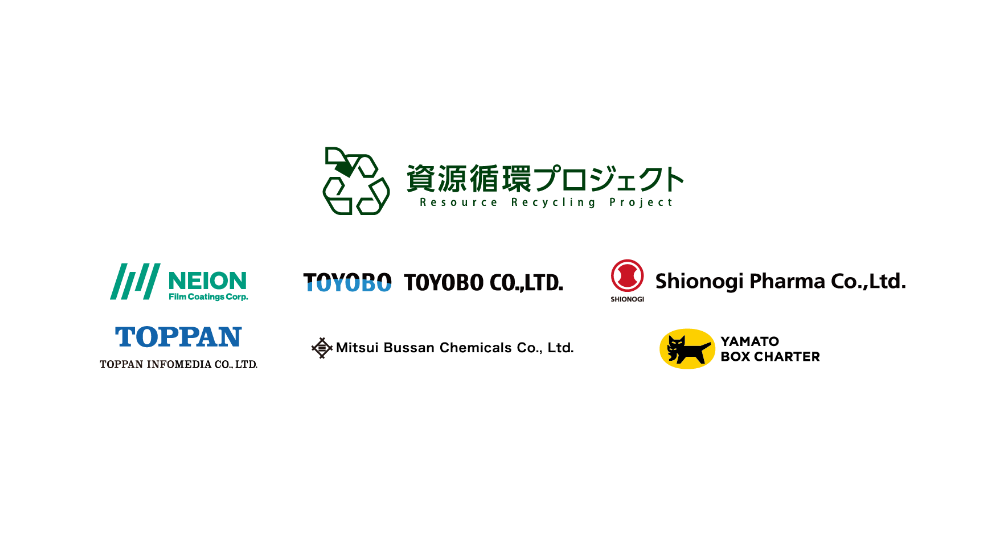
closed recycling system of label backing release liner" Resource Recycling Project"
Resource Recycling Project NEION Film Coatings Corp. TOYOBO CO., LTD. Shionogi Pharma Co., Ltd.
label backing release liner typically uses composite materials of paper and resin, which are generally difficult to recycle. As a result, they become a large amount of industrial waste and are incinerated. In this project, we replace these label backing release liner with release liner for recycling made from PET-based synthetic paper. After use, the release paper is collected as valuable materials and subjected to material recycling. By using the recycled material again as a raw material for release liner for recycling, we achieve Film-to-Film recycling. This will enable the social implementation of closed recycling system of label backing release liner.
